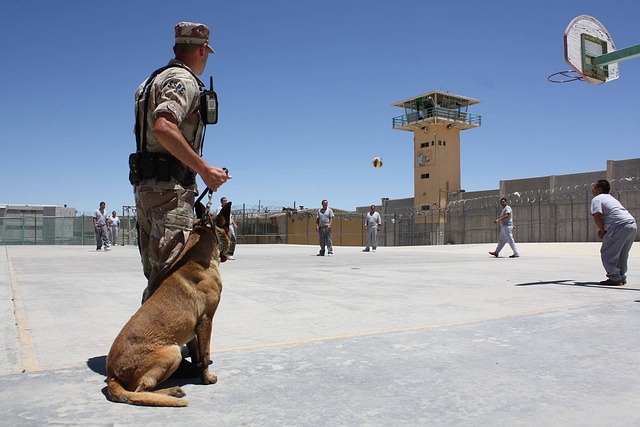Pedestrians' rights and safety are critical on college campuses, with rules prioritizing their protection. Preventing DUI is key to campus safety, achieved through enhanced police presence, education, peer support, and alternative transportation options to deter drinking and driving.
“Ensuring safe streets for pedestrians, especially on bustling college campuses, is paramount. This comprehensive guide delves into the critical issue of protecting pedestrians’ rights and preventing drunk driving (DUI) incidents in these areas. By understanding the legal rights of walkers and implementing strategic measures, campuses can foster a culture of safety. We explore effective strategies tailored to college campus environments, focusing on DUI prevention, to create an indelible change in creating pedestrian-friendly spaces.”
- Understanding Pedestrians' Rights on College Campuses
- Strategies for DUI Prevention in College Campus Areas
Understanding Pedestrians' Rights on College Campuses
Pedestrians’ rights are especially important on college campuses, where students, faculty, and visitors spend a significant amount of time walking between classes, residence halls, and other facilities. Understanding these rights is crucial for ensuring safe streets and preventing issues like drunk driving (DUI) incidents. In many jurisdictions, pedestrians have the right to use sidewalks and crosswalks without interference or discrimination. This includes the right to expect drivers to yield when crossing designated areas.
College campuses often implement unique traffic patterns and regulations to manage pedestrian safety. Students should be aware of local laws, campus-specific rules, and best practices for crossing streets. By understanding their rights and responsibilities, pedestrians can actively contribute to campus safety, especially in areas with high foot traffic and potential DUI risks.
Strategies for DUI Prevention in College Campus Areas
In college campus areas, preventing Driving Under the Influence (DUI) is paramount to ensuring safety and fostering a vibrant learning environment. Implementing robust strategies tailored to the unique dynamics of campuses is essential. One effective approach involves enhancing enforcement efforts through increased police presence during peak hours and special events. This visible deterrence sends a clear message that DUI will not be tolerated.
Moreover, educational initiatives play a crucial role. Colleges can host workshops and awareness campaigns highlighting the risks and consequences of drinking and driving. Encouraging peer-to-peer support networks and providing alternative transportation options like designated drivers or ride-sharing services further reduce the chances of students engaging in DUI activities.
Ensuring safe streets and protecting pedestrians’ rights are paramount, especially on bustling college campuses. By understanding and upholding pedestrians’ legal rights, and implementing effective strategies like those discussed for DUI prevention, we can foster a culture of safety and responsible coexistence. In the world of college campus DUI prevention, these measures are game-changers that not only protect students but also contribute to a vibrant and secure academic environment.






